How to get rid of green aphids and should you use insecticides?
Aphids are one of the most common and malicious garden and horticultural pests. Green aphids on roses and other cultivated plants greatly harm them, inhibit growth and reduce the economic value of products. That is why if aphids have appeared on plants, they must be destroyed as soon as possible. Consider the methods of dealing with this ubiquitous pest.
General information about aphids
In the fall, the adult generation of aphids lays eggs, which overwinter on plant debris. In the spring, with the onset of warmth, a new generation of insects appears from them. They settle on the leaves of plants, from their lower side, and feed on their sap, sucking it out of tissues, thereby disrupting the nutrition of plants and their vital activity. Leaves and shoots gradually stop growing, curl, wither, a young vegetable ovary develops poorly. In addition, aphids carry viral diseases, which additionally harms cultivated plants, and a sooty fungus appears on its sugary secretions. Ants are often found next to plants infected with aphids, which also harm crops by building anthills in the beds.
In one summer, aphids can give several generations, the peak of their reproduction occurs in June. When the aphid colonizes a plant completely and there is no more room for feeding new insects, a generation of aphids with wings appears. They fly over to other, often nearby plants.
Signs of aphids
It is not difficult to see green aphids on the buds and leaves of roses, on vegetable or fruit plants. Although these are small insects with a protective coloration, they live in whole colonies, multiply quickly, often cling to young shoots and growth points. The stems and leaves of plants are covered with a sticky liquid, young leaves curl, the tops bend, the buds do not open or the flowers are deformed, the ovaries almost do not develop.
Especially green aphids like to settle on cucumbers, peppers, flower crops - roses, bulbs, chrysanthemums, carnations, violets and fuchsias. It can also be found on fruit bushes and trees, for example, on plums, peaches, cherries.
How to deal with aphids
Methods for controlling these pests in the garden and garden area include many ways: you can use insecticides of synthetic or natural origin, fight with biological and mechanical methods. Mechanical removal of aphids - that is, picking them up by hand or washing them out of a hose from the bushes - gives only a temporary effect: after a while, aphids multiply again, and everything is repeated anew.
Folk remedies
It is more profitable and more reliable to use insecticides, especially since their choice is quite wide. But first, you can try to deal with aphids with products prepared on the basis of soap, ash or plants, to which the aphids are sensitive:
- Recipe with soap: take 2 tbsp for 1 liter of water. l. shavings of tar or laundry soap, shake, pour into a sprayer and process the plants.
- Ash infusion: pour 300 g of ash into 1 liter of water and boil for half an hour. Dilute 1 in 10 before processing.
- Infusion of tobacco: 50 g of leaves, pour 1 liter of water, leave for 2 days and add another 1 liter.
- Infusion of tomato or potato tops: soak chopped leaves in water in a 1 to 1 ratio in water overnight, strain in the morning - and you can spray the bushes. It is important to ensure that the leaves on both sides and the stems are completely wet, otherwise there will be no effect.
- Infusion of garlic: 1 liter of water, 1 large head of garlic, 2 tbsp. l.vegetable oil, 1 tbsp. l. soap. Insist chopped garlic in water for several days, add soap, pour into a bottle, shake, spray the plants.
- Hot pepper decoction: 100 g of chopped pods, pour 1 liter of water, boil and boil for 15 minutes. Insist 2 days, for aphid treatment, dilute the liquid 1 to 10, adding 1 tbsp. l. soap.
- Infusion of celandine: insist 350 g of leaves in 1 liter of water for 1–1.5 days. Strain and use for spraying.
The frequency of application of these funds is 1 time per week until the complete disappearance of the pests. Usually 2-3 applications in non-mass colonization of plants are enough to get rid of green aphids.
Biological methods
Aphids have natural enemies in nature:
- ladybugs,
- lacewing,
- riders,
- hover flies,
- some types of wasps,
- earwigs.
To attract them to your garden or garden, you need to plant nettles, siderata, herbs with a strong smell, such as umbrella plants (dill, fennel, carrots), which will attract beneficial insects to the site.
There are aphids and birds among the enemies. For example, if tits, sparrows, bloodworms, warblers and linnet, wrens, robins fly to the site, then aphids on the plants will decrease.
Synthetic insecticides
To combat green aphids in the plots, you can use chemical agricultural products based on organic insecticides, for example, pyrethroids, which are isolated from Dalmatian chamomile.
Contact insecticides used in households penetrate and destroy insects. One of these drugs is Fufanon.
Intestinal drugs cause poisoning in insects, getting into their digestive tract. These are Aktellik, Akarin, Bankol.
Systemic drugs are the most effective, as they penetrate into plant tissues and protect them for the longest time, they are not washed off during watering and rain, and they are convenient to use. But they also have the disadvantage of long waiting times and toxicity. Representatives of this class of insecticides are "Aktara", "Tanrek", "Biotlin".
Prevention of aphid dispersal
To prevent aphids from settling on vegetable or fruit trees, flowers, you need to make sure that viburnum and linden do not grow next to them, because these are the favorite trees of the pest. It is also undesirable for begonias, poppies, mallow, nasturtiums, cosmos to grow next to garden beds, since insects are also not indifferent to them.
In addition to their favorite plants, aphids also have unloved ones. The pest does not tolerate the smell of garlic and onions, Dalmatian chamomile, lavender. They can be planted next to the beds or flower beds to scare away aphids.
When buying a seedling or seedlings, you need to carefully examine them so as not to bring the green aphids along with them to the site. If a pest is found there, it is better not to buy such plants. If the plant is valuable and the purchase took place, then you need to immediately treat it from pests.
When caring for plants, you need to ensure that they are well fertilized, but not overfed - aphids are more likely to choose weakened or overfed plants. Also, you should not get too carried away with pesticides when treating various diseases and pests: they destroy not only the pests themselves, but also beneficial insects.
So, green aphids are a well-known and common pest of gardens and vegetable gardens. It affects many crops, harms their growth and fruiting. You can get rid of it with the help of folk remedies, industrial agrochemistry and biological methods. The choice of method depends on the number of aphids breeding and the degree of damage to the plants.
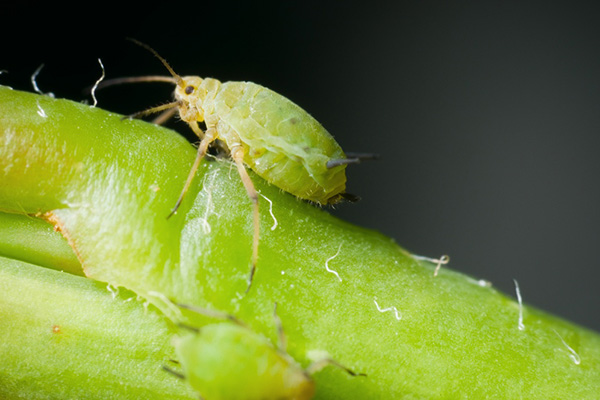
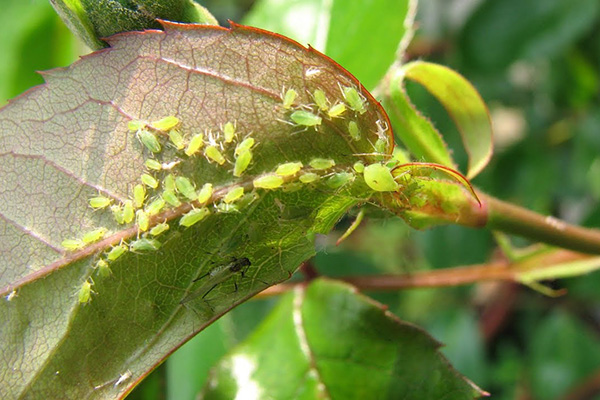
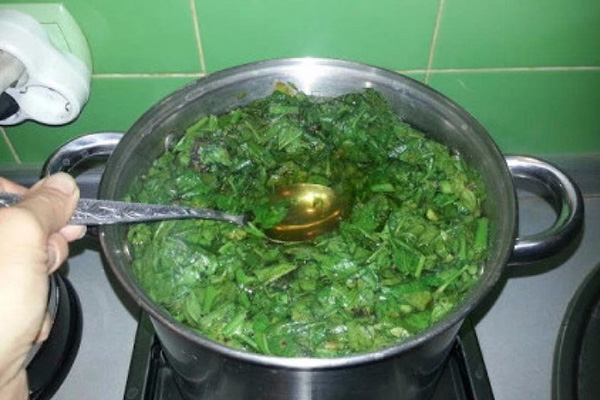
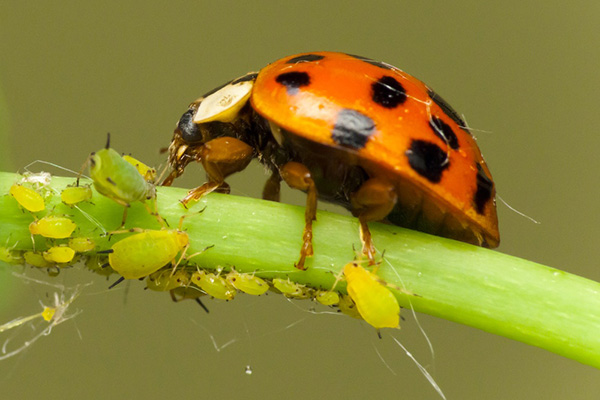
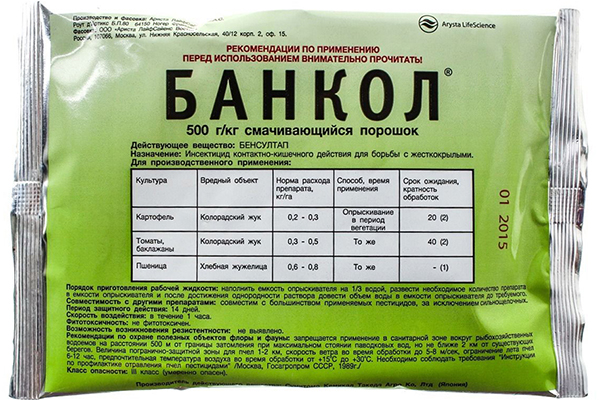


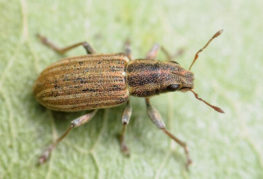
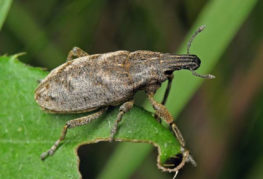
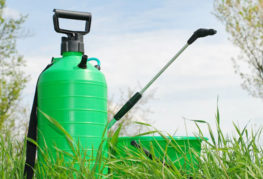
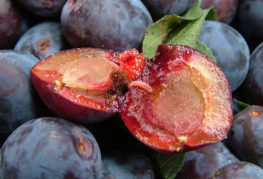
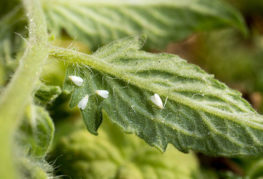
and will be published shortly.